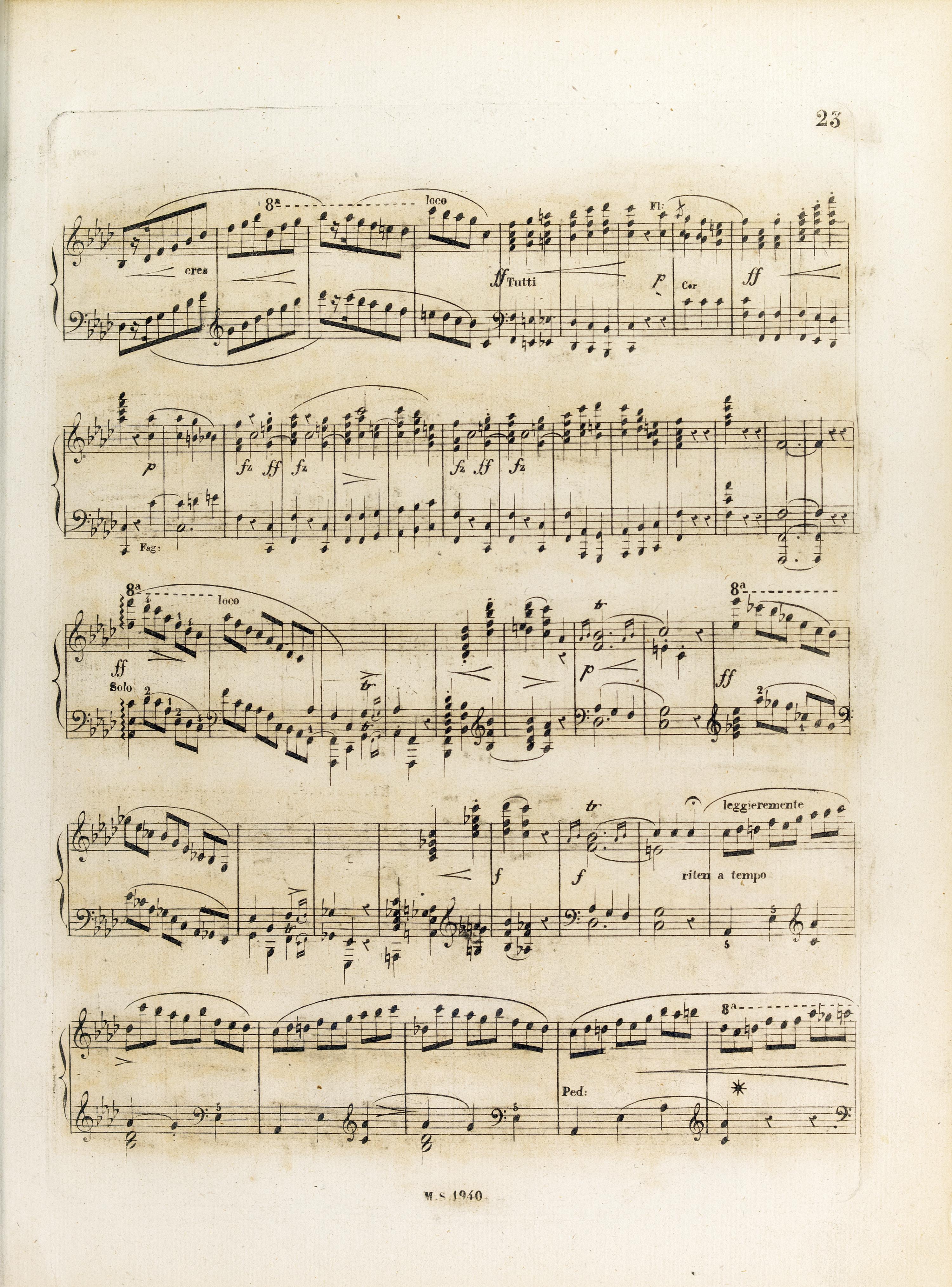



In the main text we give dynamic markings of A, which are unquestionable, as far as sources and music are concerned. In this context, the markings of GE1 (→FE →EE) – two subsequent  signs – are illogical to such an extent that one could suspect a mistake. In fact, taking into account the fact that
signs – are illogical to such an extent that one could suspect a mistake. In fact, taking into account the fact that  in bar 79 is poorly visible in A, it seems to be highly likely that
in bar 79 is poorly visible in A, it seems to be highly likely that  in this place resulted from an erroneous interpretation of A (the shape of the sign in A is one of the numerous arguments for Chopin's haste, increasing as he was writing A). In turn,
in this place resulted from an erroneous interpretation of A (the shape of the sign in A is one of the numerous arguments for Chopin's haste, increasing as he was writing A). In turn,  added at the beginning of bar 78 may be interpreted as an attempt to rectify the mistake from bar 79 – Chopin may have wanted to move
added at the beginning of bar 78 may be interpreted as an attempt to rectify the mistake from bar 79 – Chopin may have wanted to move  to bar 78, where it would not collide so strikingly with its original, and perhaps the only, dynamic concept, written in A. It would be an example of unfinished proofreading, in which a new sign was added without having deleted the old one. We give the version, perhaps intended by Chopin, as an alternative suggestion.
to bar 78, where it would not collide so strikingly with its original, and perhaps the only, dynamic concept, written in A. It would be an example of unfinished proofreading, in which a new sign was added without having deleted the old one. We give the version, perhaps intended by Chopin, as an alternative suggestion.
We consider the sign visible in A at the beginning of bar 78 – same as in bar 70 – to be a long accent. In this case, it was reproduced in GE1 as a short accent, whereas in GE2 – as a short  . It is unclear how the sign appeared in EE, being absent in FE. The accent was most probably overlooked in FE, whereas in EE it was added by analogy with bar 70 – the hairpin is longer there, but the reviser could have been impelled to shorten it by the absence of a note on the 3rd beat of the bar. A strong argument for such an explanation is the revision of EE in bar 70, going in an opposite direction, since it added
. It is unclear how the sign appeared in EE, being absent in FE. The accent was most probably overlooked in FE, whereas in EE it was added by analogy with bar 70 – the hairpin is longer there, but the reviser could have been impelled to shorten it by the absence of a note on the 3rd beat of the bar. A strong argument for such an explanation is the revision of EE in bar 70, going in an opposite direction, since it added  drawn from here.
drawn from here.
Compare the passage in the sources »
category imprint: Graphic ambiguousness; Differences between sources; Corrections & alterations
issues: Errors in FE, Errors in GE, GE revisions, Authentic corrections of GE, Inaccuracies in A, Partial corrections
notation: Verbal indications


 i
i 



